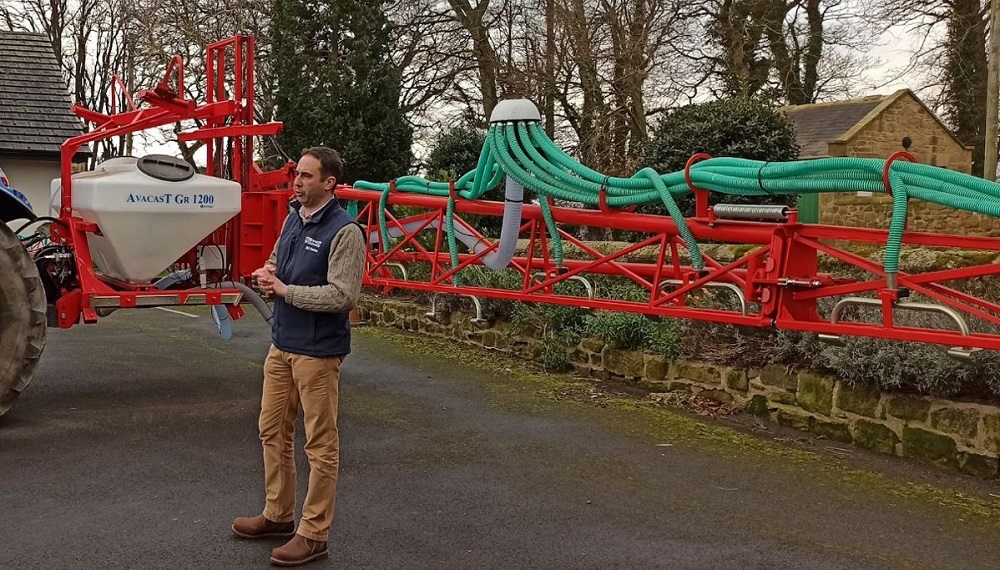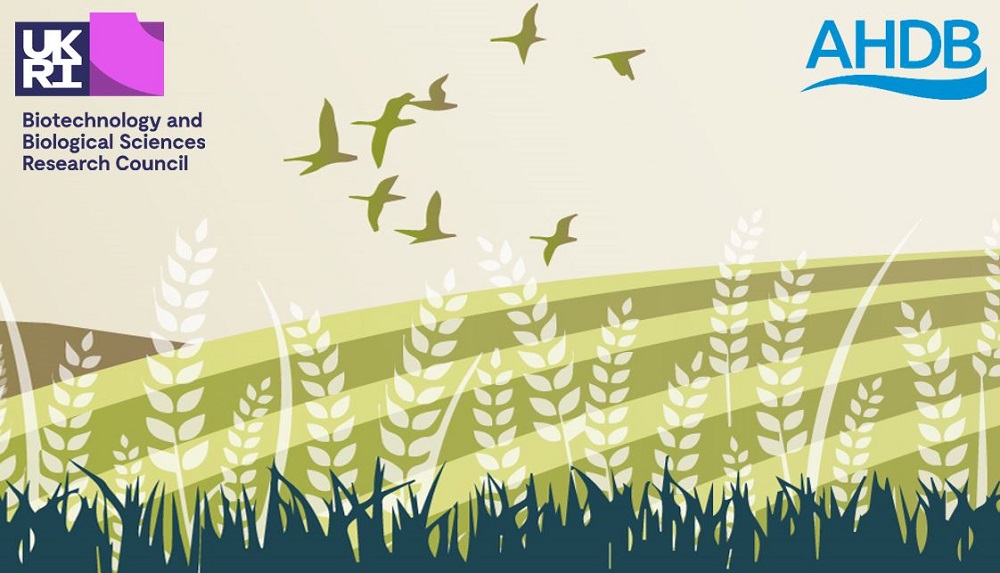- Home
- Knowledge library
- Regenerative agriculture in challenging environments: farmer experiences in the north of England (AHDB/BBSRC net-zero initiative)
Regenerative agriculture in challenging environments: farmer experiences in the north of England (AHDB/BBSRC net-zero initiative)
Summary
Regenerative agriculture (RA) encompasses several farming practices, including no-till, cover cropping, diversified rotations and the integration of livestock into farming systems.
These practices can improve soil quality and may deliver additional benefits, such as mitigation of climate change and enhancement of biodiversity.
As interest in RA continues to grow in the UK, there is a need for targeted research and knowledge exchange activities that support farmers in their transition to this potentially more sustainable, resilient and economic method of food production.
This project’s aim was to explore the understanding and level of knowledge about RA among farmers in the north of England and identify barriers to uptake of these practices.
The work sought to develop larger-scale funding applications to support research and knowledge exchange in the region.
The project conducted three workshops, with farmers in Cumbria, Northumberland and Yorkshire, where there was a free exchange of ideas and opinions about the definition of regenerative agriculture and barriers to its uptake in the North.
In parallel, results from an online survey broadened our understanding about the practices used in the region and farmer perceptions about challenges to uptake.
Farmers identified regenerative agriculture with a set of practices (as listed above) and with a broad range of outcomes linked to soil health, carbon sequestration, ecosystem services, crop health and water quality.
However, it was also acknowledged that RA is more than simply a set of practices; farmers in workshops identified with the philosophy or ideology of RA and used terms like circular economy, holistic and organic, when describing RA.
The most common RA practices being used were crop diversification, min-till or reduced-till, and cover crops.
Integration of livestock and pasture-based livestock production were also commonly reported.
The most common barrier to uptake was a lack of knowledge, with financial risk and time/labour also cited frequently.
Environmental conditions in the North (soil/climate factors) were selected less often than expected and seemed primarily related to specific practices (e.g. no-till, cover cropping).
A more detailed analysis of barriers resulted in a grouping of practices by key barriers.
'Category A' consisted of practices where a few farmers lacked knowledge, but a majority reported no barriers to uptake; this was the case for crop diversification, no-till/min-till and IPM.
'Category B' consisted of practices where there was an even split between farmers lacking knowledge and those who felt there were no barriers.
For 'Category C', many farmers reported lacking the knowledge about these practices and only a few reported no barriers to uptake.
Specific strategies for each of these categories of practices will be needed to design the most efficient research and knowledge exchange programmes.
The next steps will be to work with local partners, including other research institutions, farmer organisations, and individual farmers, to design research and knowledge exchange activities that will effectively allow the development of regenerative agricultural systems in the north of England.
This will benefit the farming sector in the North by helping it to be more resilient to environmental and economic shocks.
The wider society will also benefit from the development of a farming system that delivers ecosystem services along with a local food supply.
AHDB/BBSRC net-zero partnership
*This project was part of an AHDB/BBSRC partnership that aimed to support the agricultural transition to net zero. Project costs were met through BBSRC’s Farm Sustainability Fund. The partnership supported ten projects that addressed priorities identified by farmers, including ways to cut greenhouse gas emissions and increase carbon storage.



